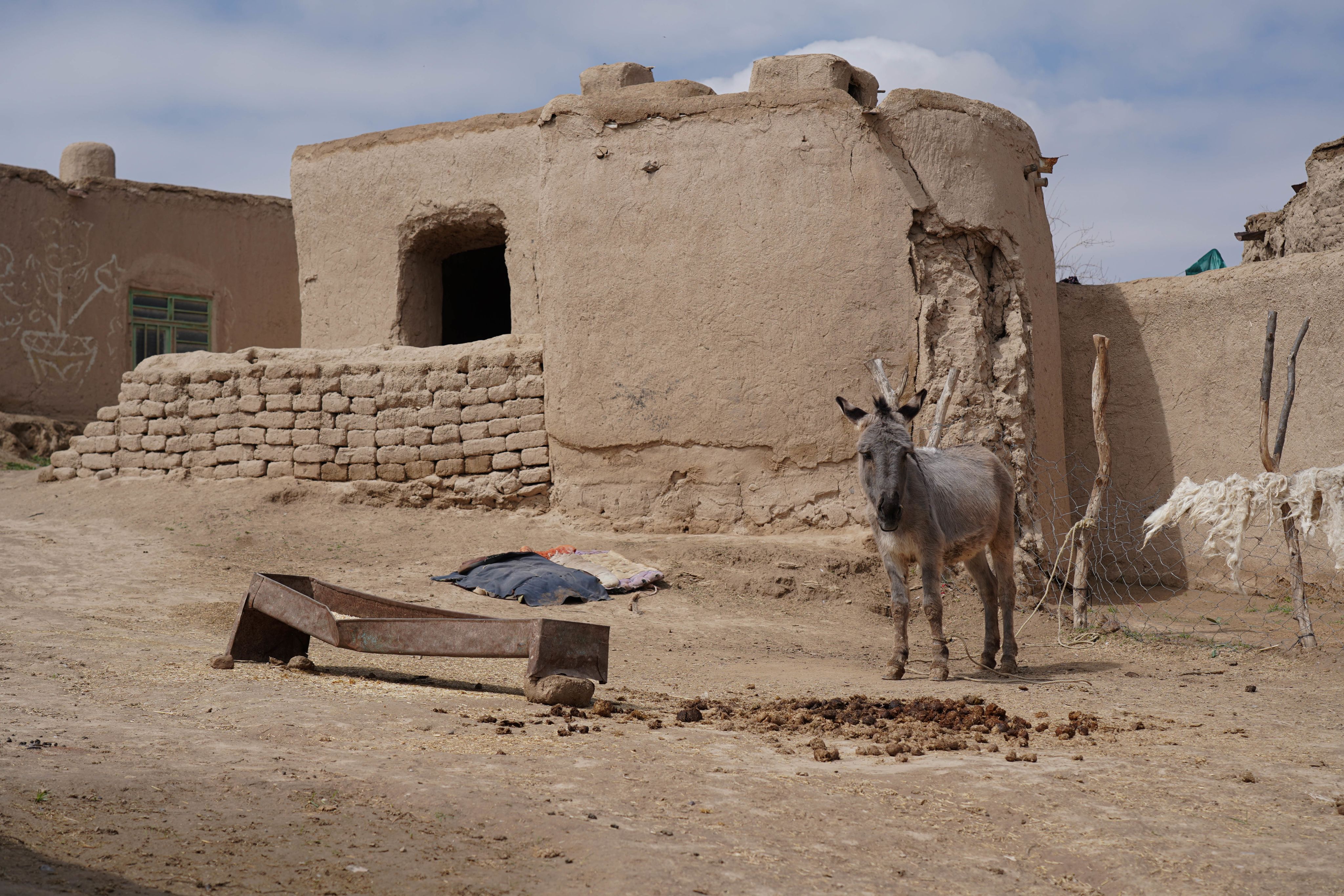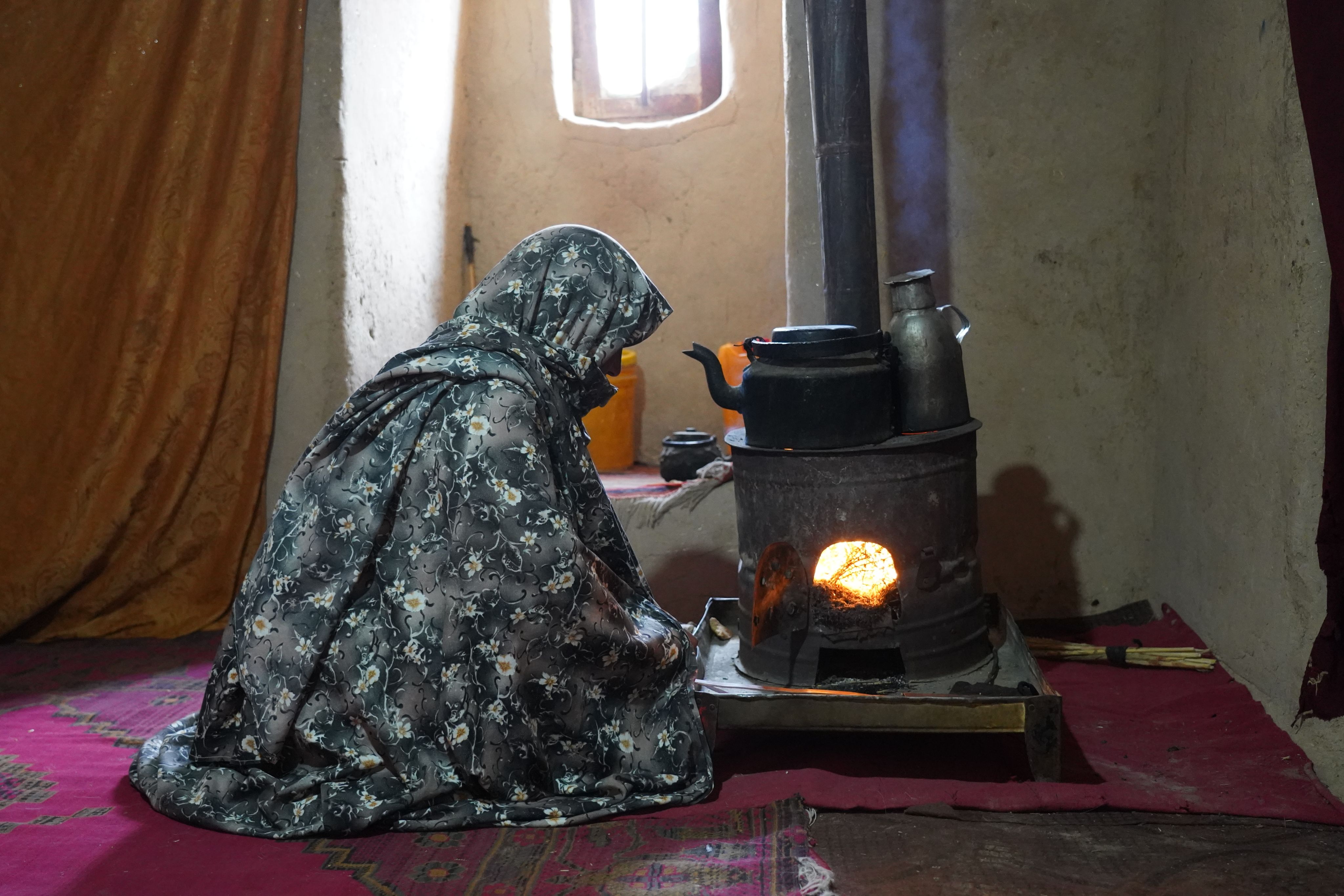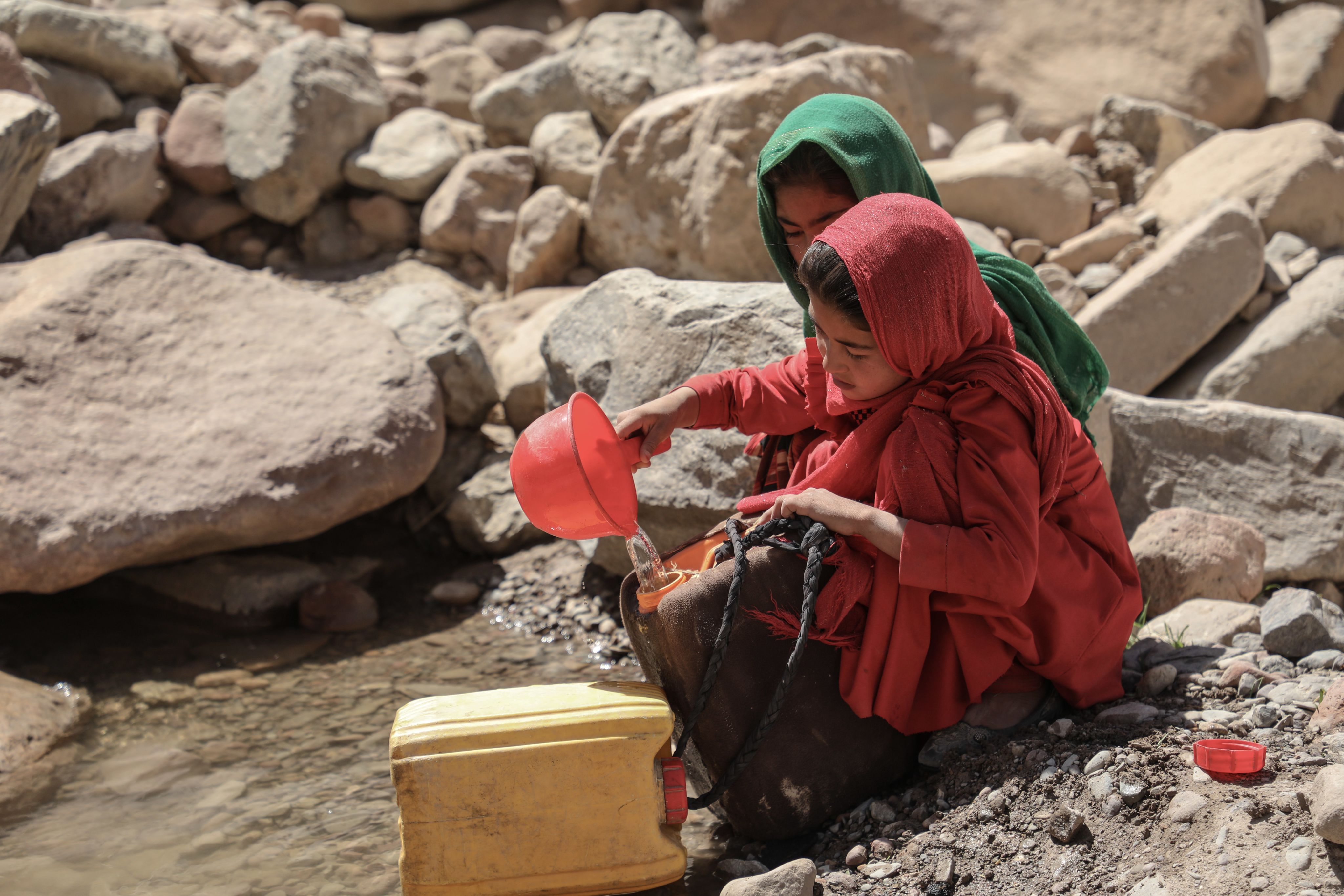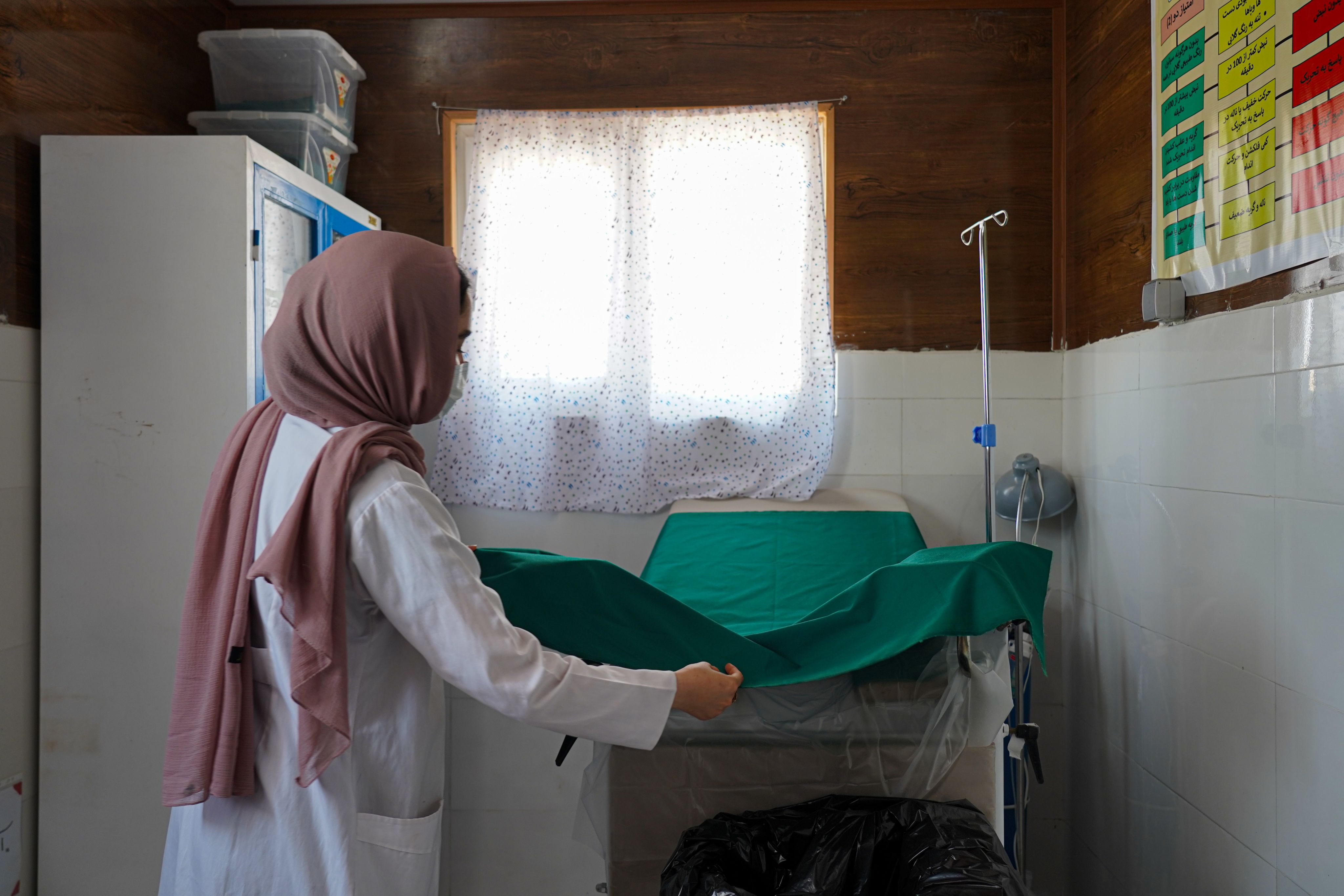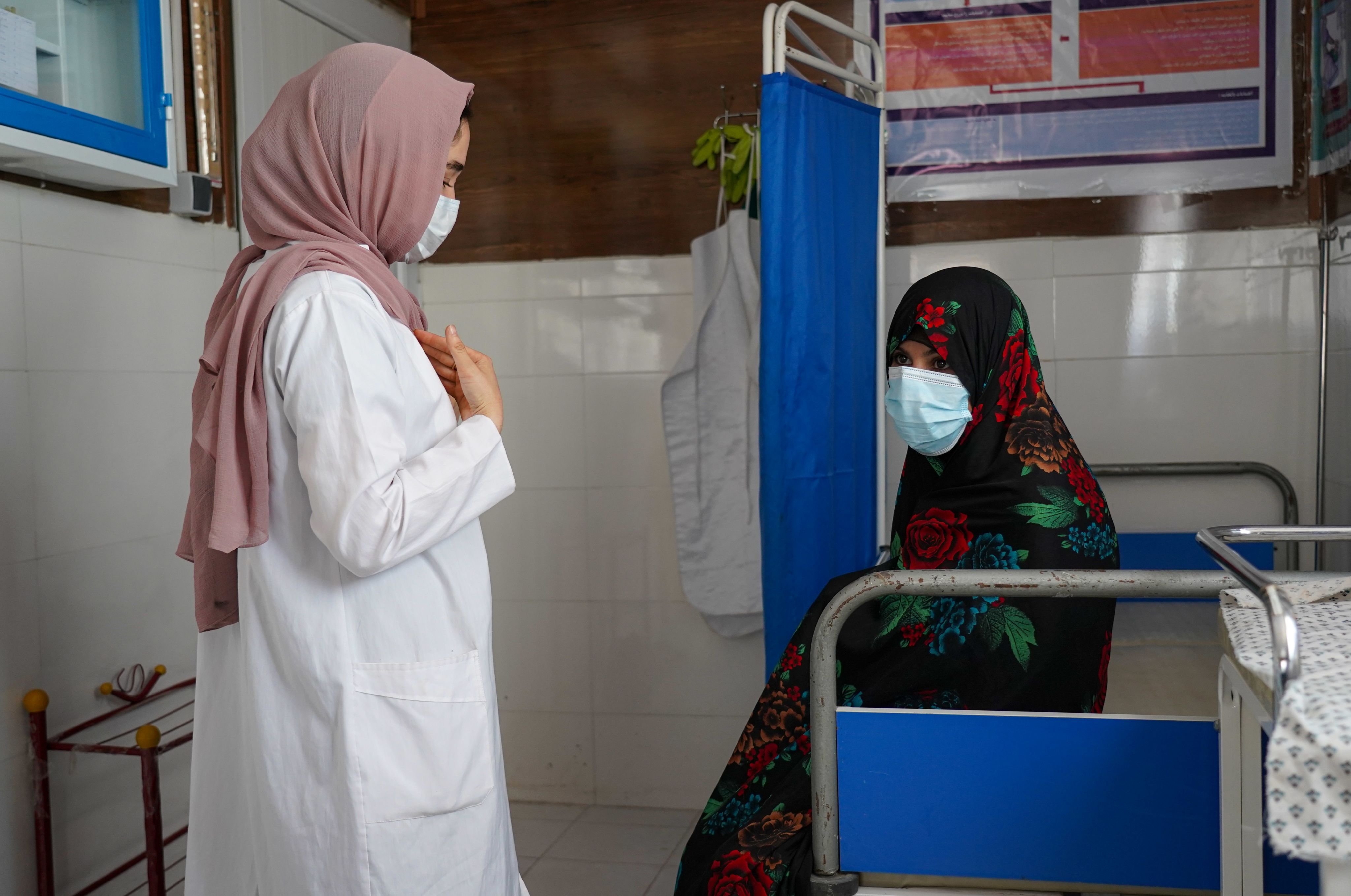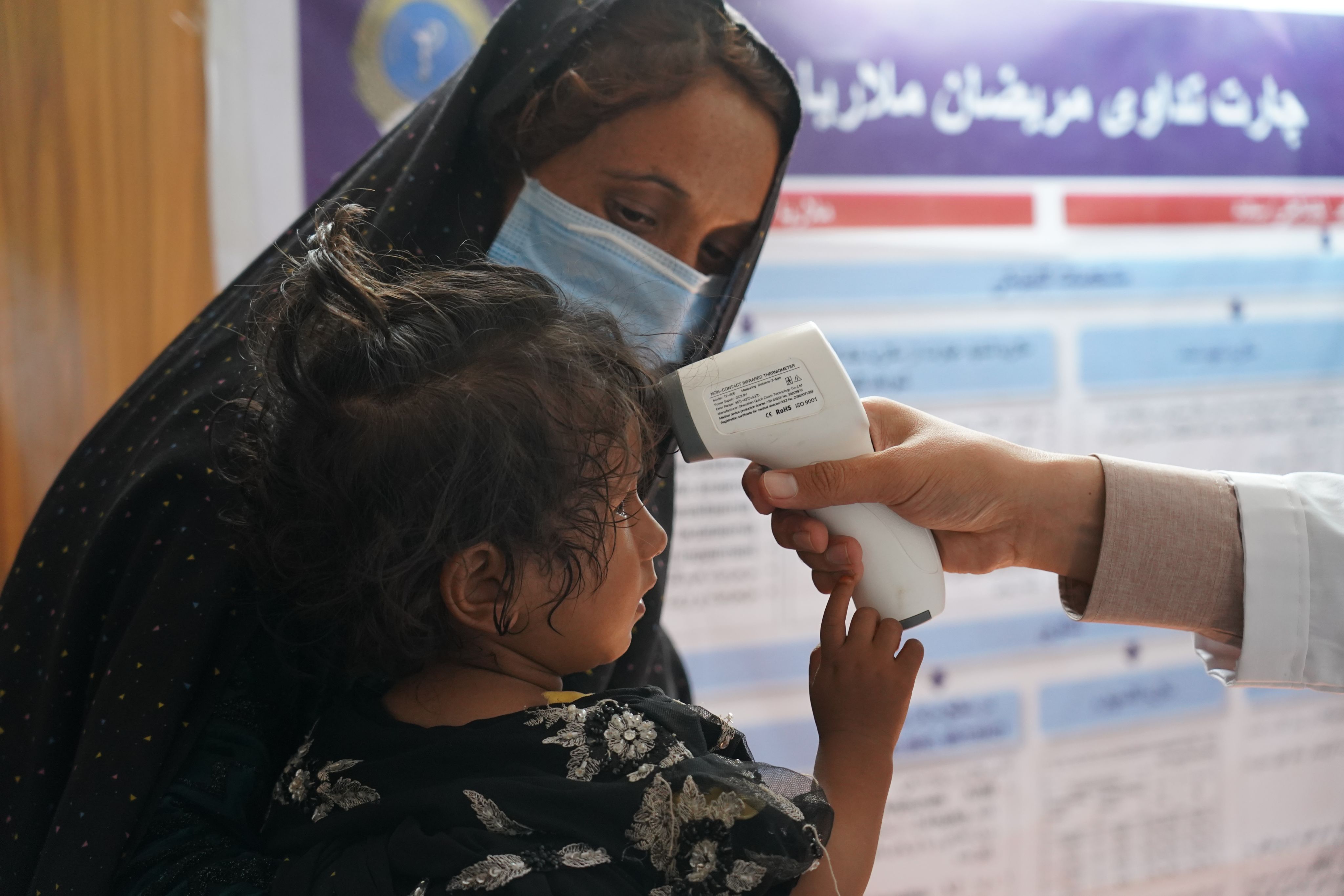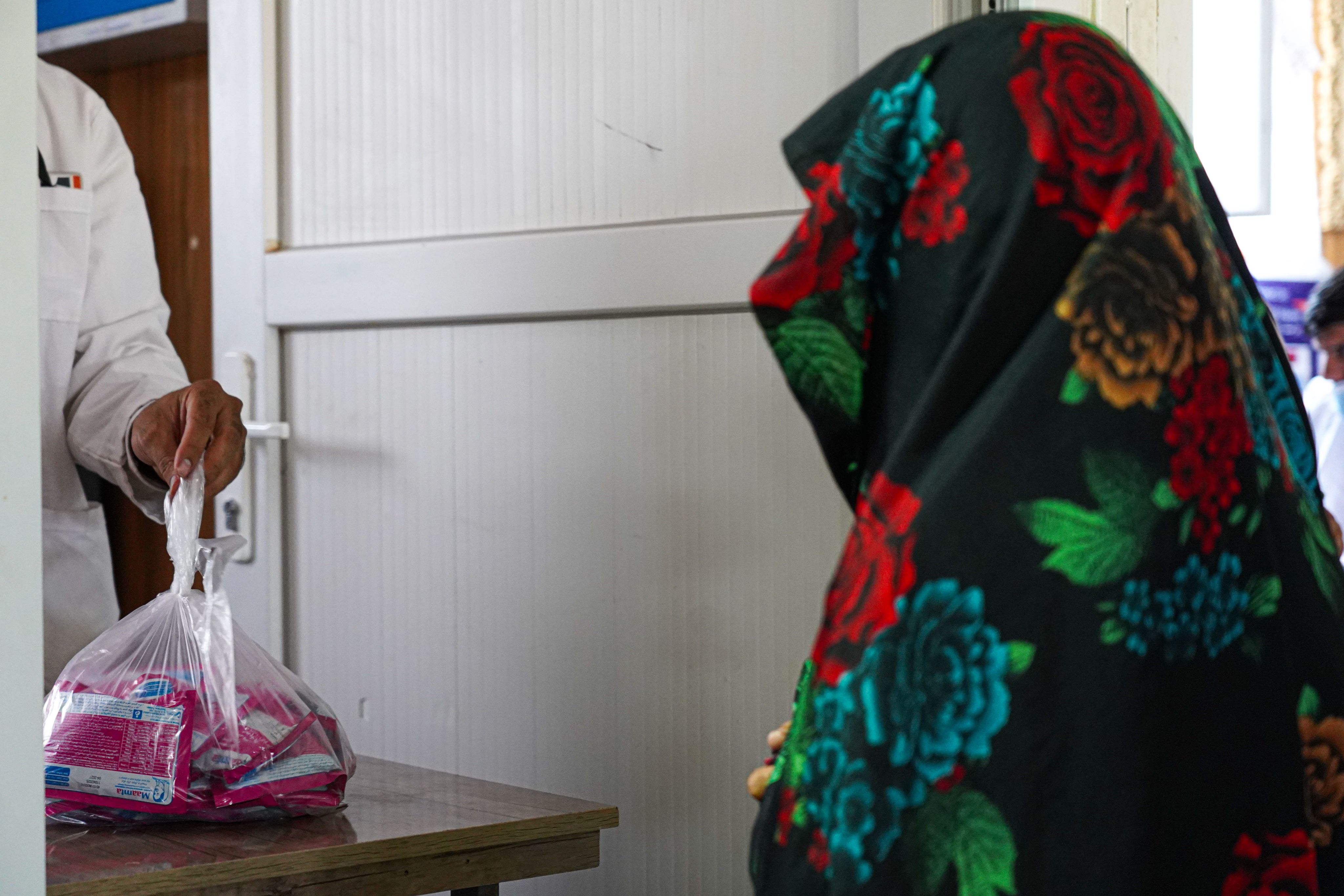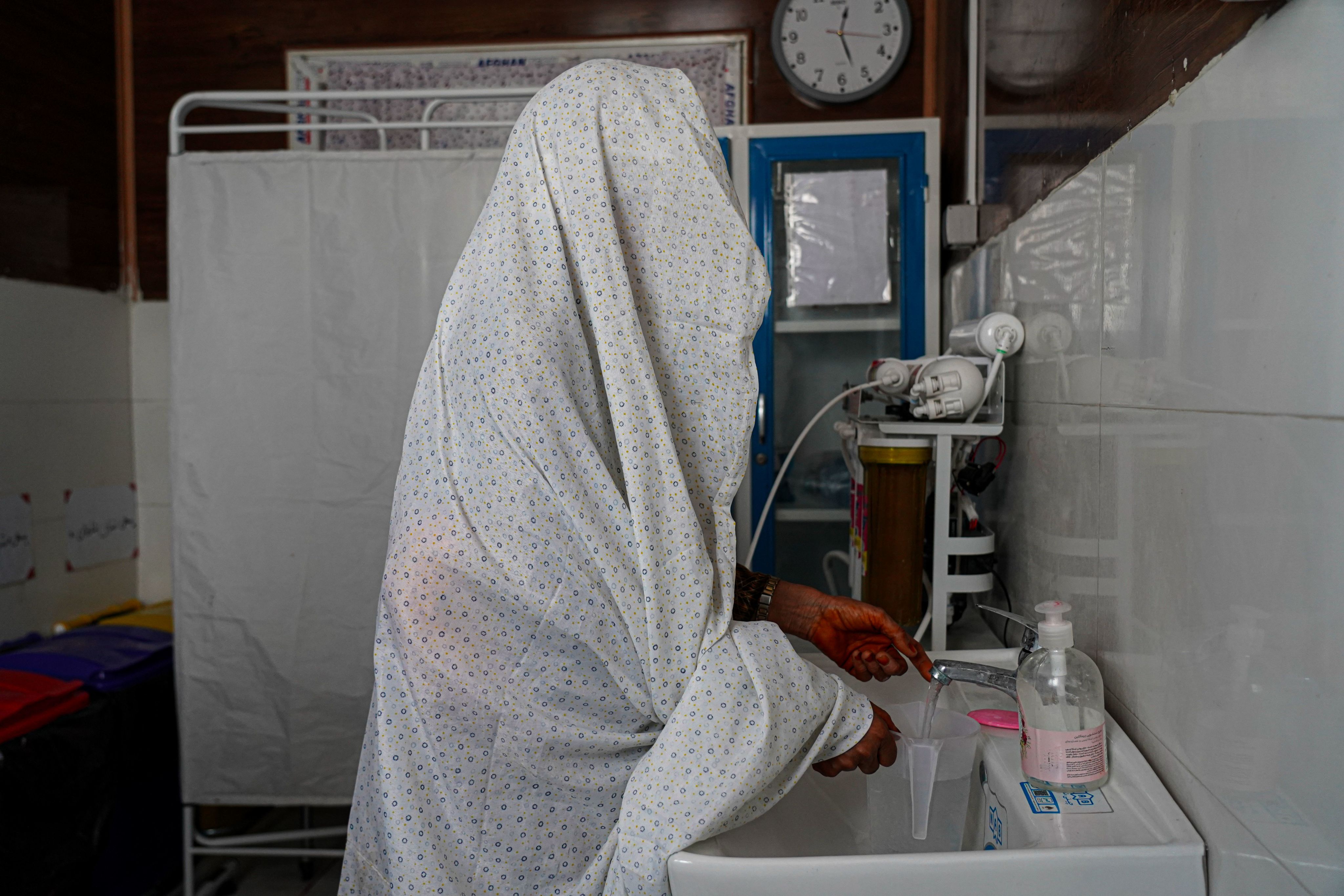“I Was Given Away for 500,000 Afghanis”:
A Child Bride Becomes a Mother
By Laurentia Jora, WVA Strategic Communications Manager
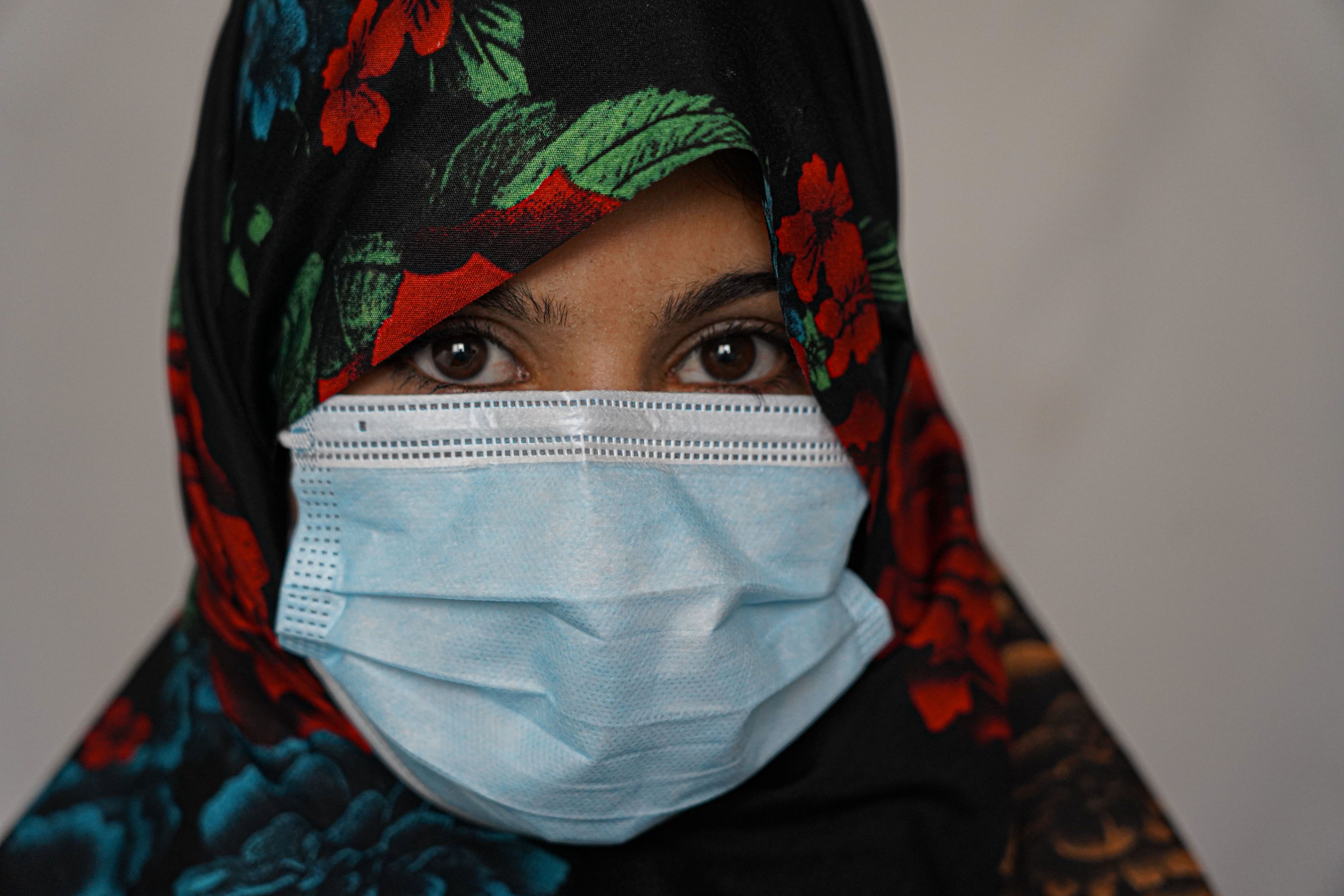
Rural Herat, Afghanistan, 2019 – Laila* was nine. She lived with her six sisters, seven brothers, and their parents in a small hut at the edge of the village. Cramped as it was, the siblings loved to gather there in the evenings, sharing the little rice they had. It was the one moment when they were all at home.
Often, there was nothing to share. Laila would set a pot of water to boil, waiting until the bubbles broke the surface in a fierce, impatient dance. She would toss in a few leaves of black tea, chāy siyāh, and soon the room filled with steam that rose sharp and bitter, almost metallic at first, spreading quickly through the narrow space.
Once brewed, she poured the tea into thirteen mismatched cups, each with its own shape and faded color. The family sat in a circle, knees folded, sipping with a reverence that bordered on the sacred. The tea eased the edge of hunger, enough to carry them into the next day.
The first rays of the sun always found Laila clutching the two plastic jerrycans in her small hands. The two-hour trek to the water spring and back had become such a familiar routine that it felt like part of the day itself. The walk there was easier, lighter. But on the way back, the few liters of water she carried pressed heavily into her legs, thighs, back, hands, and stinging fingers.
Since there was no water source in the village, her parents collected rain when it fell and scraped snow in the winter, storing it for the dry months. Even so, it was never enough for daily use.
If she wasn’t fetching water, she gathered firewood. These were responsibilities Laila had first noticed her siblings take on, and by the time she was six, they had become hers, carried out with daily regularity.
One day, something felt irregular, but she couldn’t say exactly what. She was going about her chores in the clay hut as normal when a man in his mid-twenties stepped into the yard. Quick words were exchanged with her father, a few long, sharp glances shot her way. Maybe it was a labour request for her dad: he was always looking, always heading out once a month to help around the village, she thought.
A few days later, the man came back. Things moved even faster this time. He was leaving soon but, her father told her, she would go with him. She was his wife now.
*Names of the individuals have been changed to protect their identities.
House in rural Herat, Afghanistan – families build their homes from sun-dried bricks of mud, clay, and straw. Flat roofs provide little protection against earthquakes and harsh weather.
House in rural Herat, Afghanistan – families build their homes from sun-dried bricks of mud, clay, and straw. Flat roofs provide little protection against earthquakes and harsh weather.
Widowed mother in rural Herat prepares a meal for her four children. In Afghanistan, 9,5M people are severely food insecure, and 4,7M women and children need malnutrition treatment. Many families survive on just one meal a day of rice or potatoes.
Widowed mother in rural Herat prepares a meal for her four children. In Afghanistan, 9,5M people are severely food insecure, and 4,7M women and children need malnutrition treatment. Many families survive on just one meal a day of rice or potatoes.
Young children spend hours each day walking long distances to collect water for their families. Often, the sources are contaminated, exposing them to waterborne diseases and compounding the hardships of malnutrition, poverty, and limited access to healthcare.
Young children spend hours each day walking long distances to collect water for their families. Often, the sources are contaminated, exposing them to waterborne diseases and compounding the hardships of malnutrition, poverty, and limited access to healthcare.
The bride price
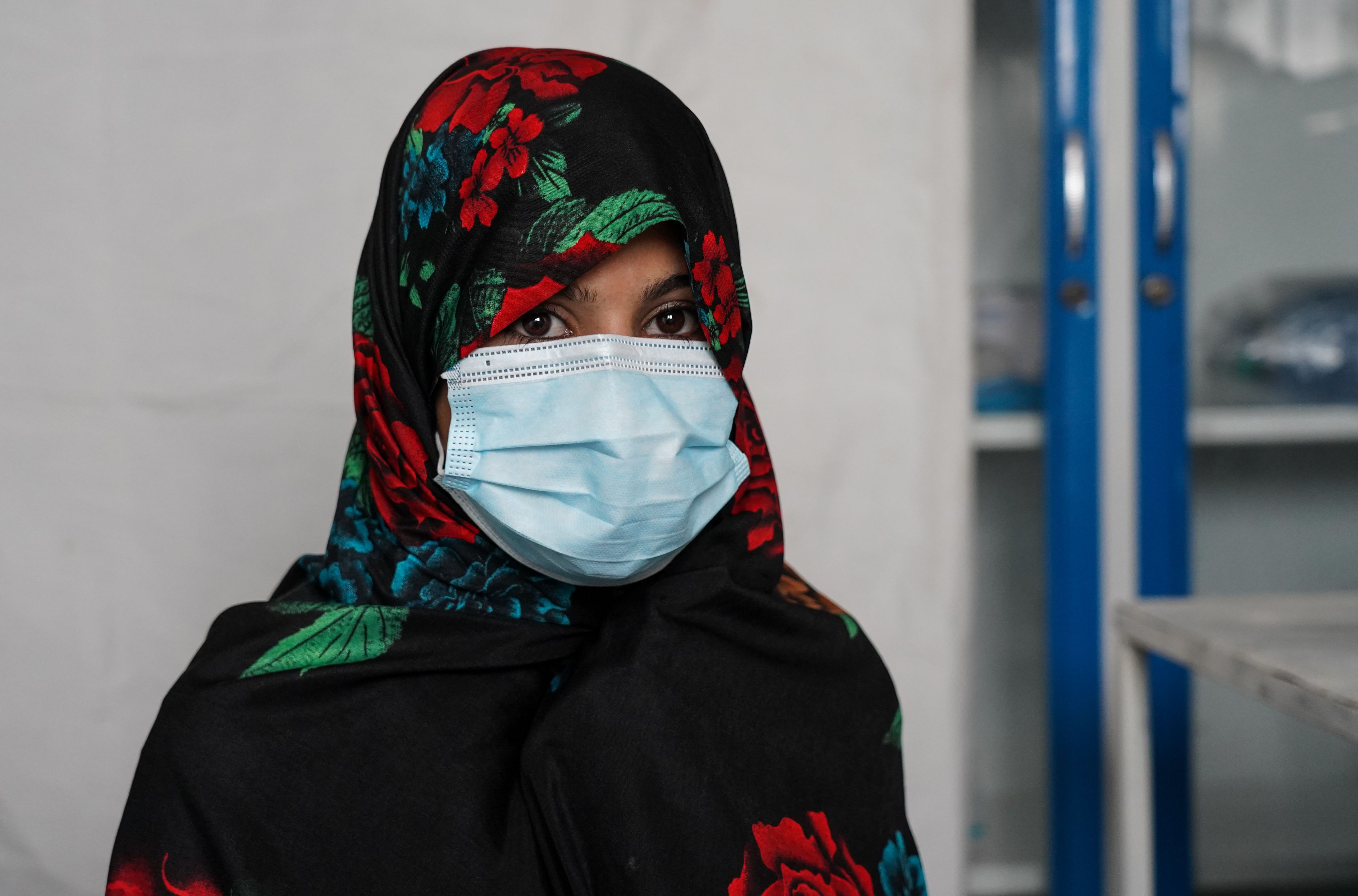
“I was given away for 500,000 Afghanis [US $7,193]. That’s what my husband paid my father to marry me,” says Laila, now 15. She’s holding a five-month-old baby girl, her big brown, almond-shaped eyes resembling her mother’s. “This is Aria*, my daughter.”
The day Laila left her parents’ home, there was no time to ask questions or for protest. She would only later realise her life would change forever the moment she stepped into her husband’s house.
There were some similarities to the village where she was born, though here she didn’t know anyone. The mud-and-clay house stood stark and bare, its walls heavy with silence. Inside, Laila discovered she would not be alone. Her husband already had two wives, each with a narrow room of her own, and she would later meet her in-laws.
The only thread of familiarity came through the chores, sweeping, fetching water, and new ones added on, like preparing meals. She rotated duties with the other two women, perhaps only five or seven years older. Slowly, Laila began to understand the contours of her new life.
She would later learn that four of her sisters were also married off shortly after she was.
Across the country, fathers often marry off their daughters as a way to shield them from hunger or to provide for the rest of the family. In rural Afghanistan, for a household as large as Laila’s, US $7,193 could cover the bare necessities for twelve people for two to three years.
Child marriage is never just a transaction. It is the product of poverty, hunger, and limited opportunities, forces that push families to view early marriage as a survival strategy.
A girl becomes a mother
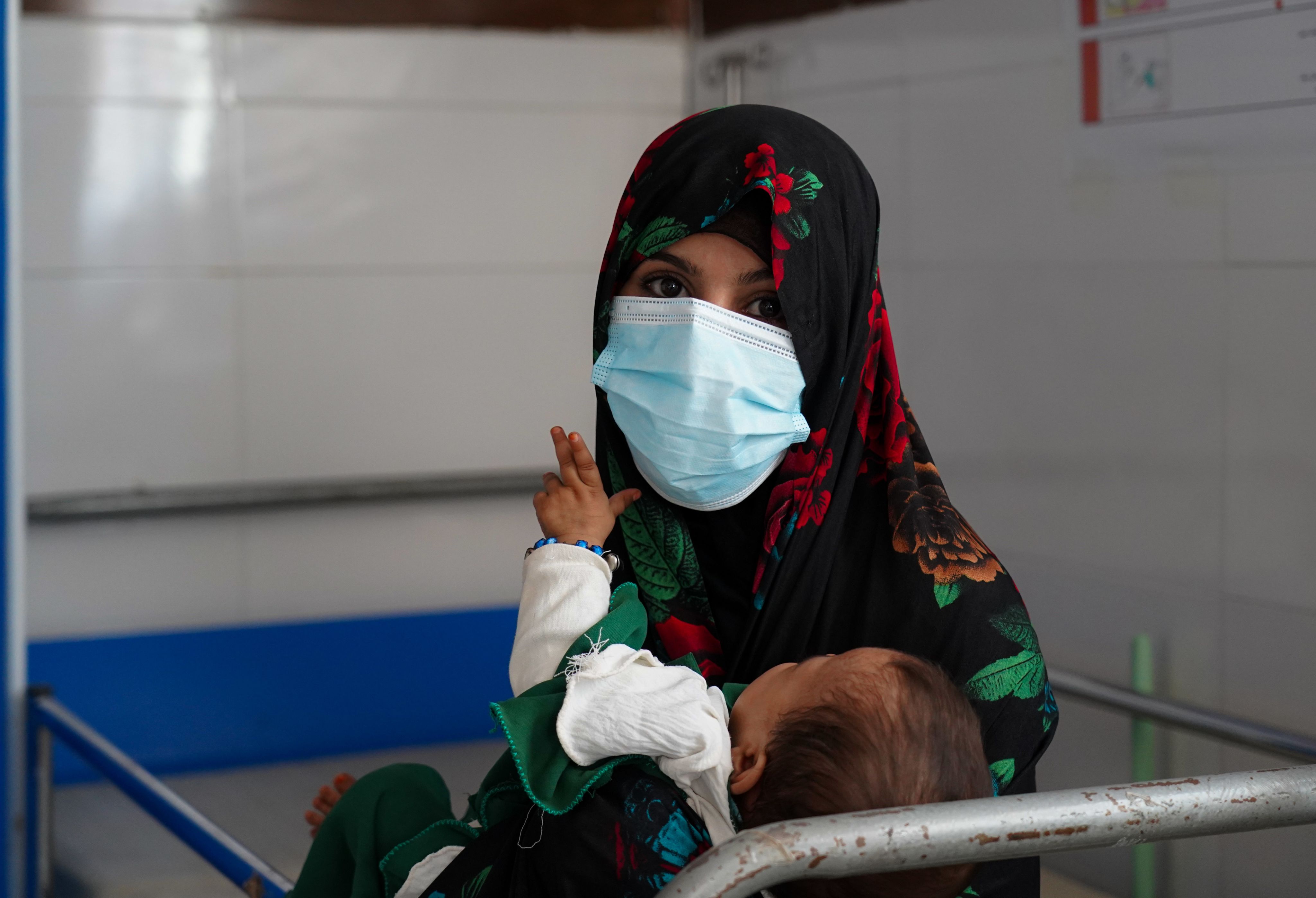
World Vision’s delivery room in a remote area of Herat province, part of a health clinic, providing both emergency and preventive medical care
World Vision’s delivery room in a remote area of Herat province, part of a health clinic, providing both emergency and preventive medical care
Laila receives a consultation during her five-month post-delivery checkup.
Laila receives a consultation during her five-month post-delivery checkup.
“My pregnancy was painful. My legs, my back, everything hurt,” says Laila.
Through those nine months, she often sat on the edge of the mud floor, hands pressed against her stomach as a sour, bitter taste clung to her tongue. Her head spun, the air around her thick and suffocating.
She first felt the nausea at 13, in her very first month of pregnancy. It never really left. She came to know its rhythm: the first wave rising, the ache in her legs, the burn in her back, the pounding in her temples. Dizziness would follow, cheeks flushed, eyes watering.
“And then came the fear of the delivery,” she recalls. “I didn’t know what it would look like, or how much it would hurt.”
The day arrived sooner than she was ready for. Her mother-in-law asked if she felt the deep pain. Laila did, but only hours later did she discover just how deep it could go.
Her husband’s car carried her to the nearest health clinic, an outpost run by World Vision, and funded by UK’s Foreign, Commonwealth & Development Office (FCDO), that offers pre-natal, delivery, and post-natal care. Labor arrived in waves, sharp, insistent, unrelenting. Sweat pooled at her temples, rolled down her face.
At her side was Amina*, the midwife. Her hands steady, her voice low, assured – she counted Laila’s breaths, coaxing her through each contraction.
“Two hours later, at 2 p.m., baby Aria was born,” Amina said.
Afghanistan – one of the most dangerous places in the world to give birth
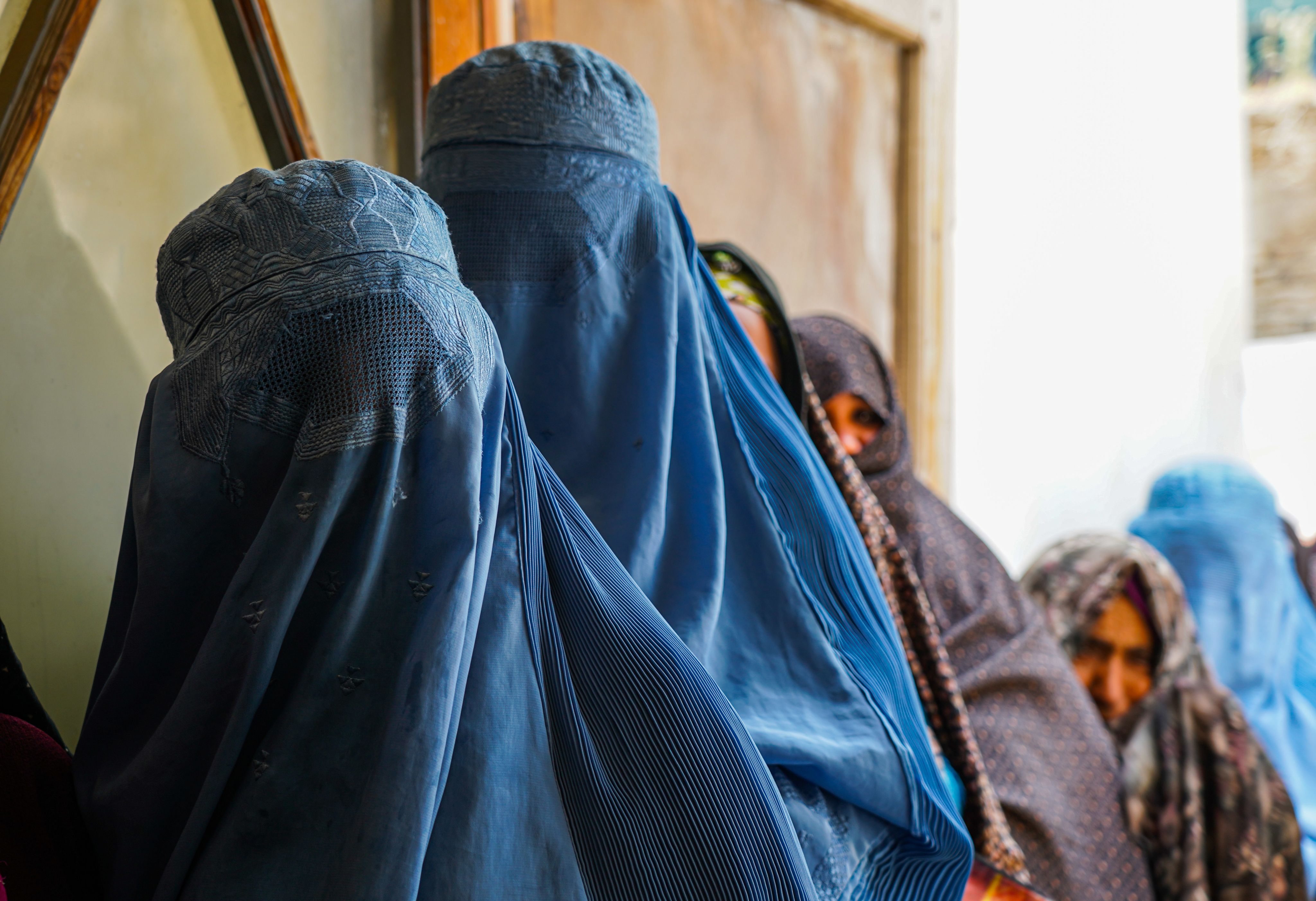
In Afghanistan, a woman dies every two hours from complications of pregnancy or childbirth, deaths entirely preventable.
The risk is greatest in the country’s remote areas, where clinics are scarce and most families cannot afford the journey to reach them. With no clinics nearby, many women give birth at home, without midwives, sterile instruments or essential medicines.
“Most women here cannot afford transport to reach us,” said Farzana, a nurse at a World Vision clinic tucked into the remote reaches of Herat Province. “Renting a car costs 5,000 Afghanis [US $73], far beyond the reach of most families. Some women walk for hours, even a full day, if their physical state allows it. Others come by donkey.”
Many do not arrive at all. For millions of Afghan women who live in distant villages, the barriers can be fatal. Afghanistan remains one of the most dangerous places in the world to give birth, with a maternal mortality rate of 620 deaths per 100,000 live births, most resulting from causes that skilled care could easily prevent.
To change that, aid groups are pushing health services deeper into the rural parts. Through the Driving Action for Wellbeing to Avert Mortality (DAWAM) consortium, supported by UK’s Foreign, Commonwealth and Development Office, World Vision and its local partner, the Agency for Assistance and Development of Afghanistan (AADA), now operate clinics in some of the most isolated areas of Herat, Badghis and Faryab provinces.
Between April and June 2025 alone, ten of those clinics treated more than 52,000 people, offering preventive, delivery, and emergency care. Another 45,000 attended sessions on maternal health, disease prevention, hygiene and nutrition, lessons meant to save lives long before complications begin.
Mothers and their children wait in line at a World Vision clinic, located in a remote part of Herat province, to receive lifesaving treatment for malnutrition.
Mothers and their children wait in line at a World Vision clinic, located in a remote part of Herat province, to receive lifesaving treatment for malnutrition.
In mountainous Afghanistan, women often travel long distances to access medical services. Flooding and poor road conditions frequently make these journeys difficult or impossible.
In mountainous Afghanistan, women often travel long distances to access medical services. Flooding and poor road conditions frequently make these journeys difficult or impossible.
Three-year-old Hosna, admitted for treatment of moderate acute malnutrition, is now suspected of contracting a waterborne disease.
Three-year-old Hosna, admitted for treatment of moderate acute malnutrition, is now suspected of contracting a waterborne disease.
She dreams for her daughter
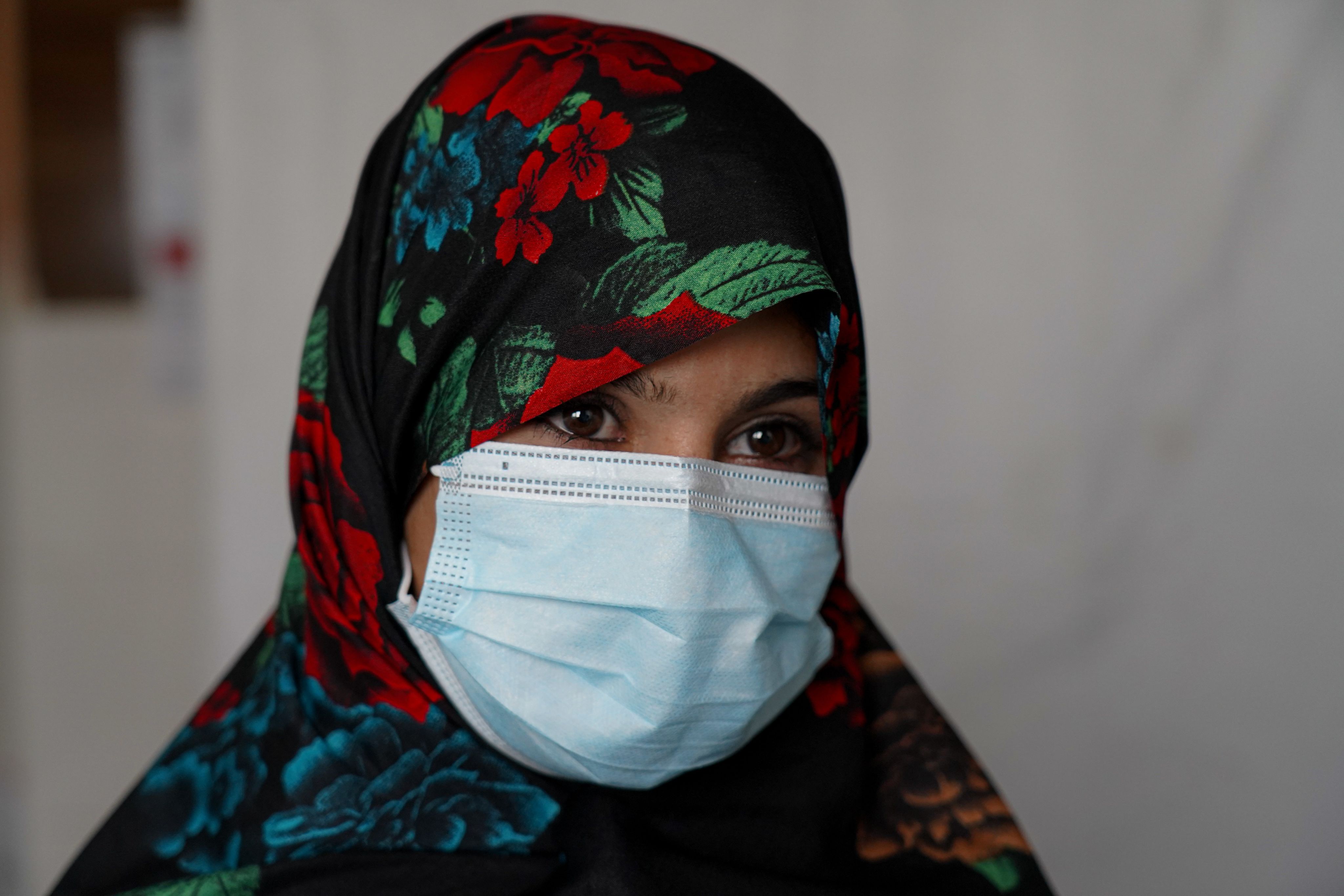
Laila receives a package of Lipid-based Nutrient Supplement (LNS) for her daughter at the FCDO-funded clinic, run by World Vision.
Laila receives a package of Lipid-based Nutrient Supplement (LNS) for her daughter at the FCDO-funded clinic, run by World Vision.
Laila’s mother-in-law fills a water canister from the clinic’s tap, as there are no safe water sources available in their village.
Laila’s mother-in-law fills a water canister from the clinic’s tap, as there are no safe water sources available in their village.
Laila, 15, holds her 5-month-old baby girl.
Laila, 15, holds her 5-month-old baby girl.
“My biggest fear was the delivery. Now, all my fears are for Aria. What if she falls ill? What if we don’t have enough food for her?” Laila says, hastily picking up a package of Lipid-based Nutrient Supplement (LNS) for her daughter, distributed at the clinic. Designed to prevent or treat malnutrition, LNS provides vital nutrients to children and pregnant or lactating women.
As she moves through a routine check-up with Aria in the crowded clinic corridors, her mother-in-law waits in line, clutching a bright yellow container to collect filtered water from the clinic tap. It is the only safe source of clean water in the area, equipped with a filter that removes impurities.
“The water in all of these villages is bitter. Even wells dug ninety meters deep are not safe. Because of this, we see many children suffering from diarrhea and fever,” explains Farzana. “Waterborne diseases strip children of vital nutrients through diarrhea and intestinal damage, leaving their bodies unable to absorb the food they eat. It becomes a vicious cycle: illness weakens nutrition, poor nutrition leaves children more vulnerable, and waterborne diseases drive even more malnutrition.”
Amid the clinic’s bustle, Laila takes her daughter and steps outside. She stares absentmindedly at the cloud of dust kicked up by a passing vehicle, and then she recognises it. It is her husband’s car. The very same one that took her from home six years ago.
“I never got to go to school,” she says, her voice quiet but firm. “I’ve only ever been a housewife. There wasn’t a school in my husband’s village.” She pauses, glancing at her daughter. “All my hopes, all my dreams, they’re for her. I want her to have the education I never had.”
The door closes, sending a swirl of dust into the air, and the car pulls away, shrinking against the horizon until it is just a small speck fading into the earth.

